
Bon Charge Interview: Red Light Therapy, Blue Light Blockers, PEMF and Face Masks
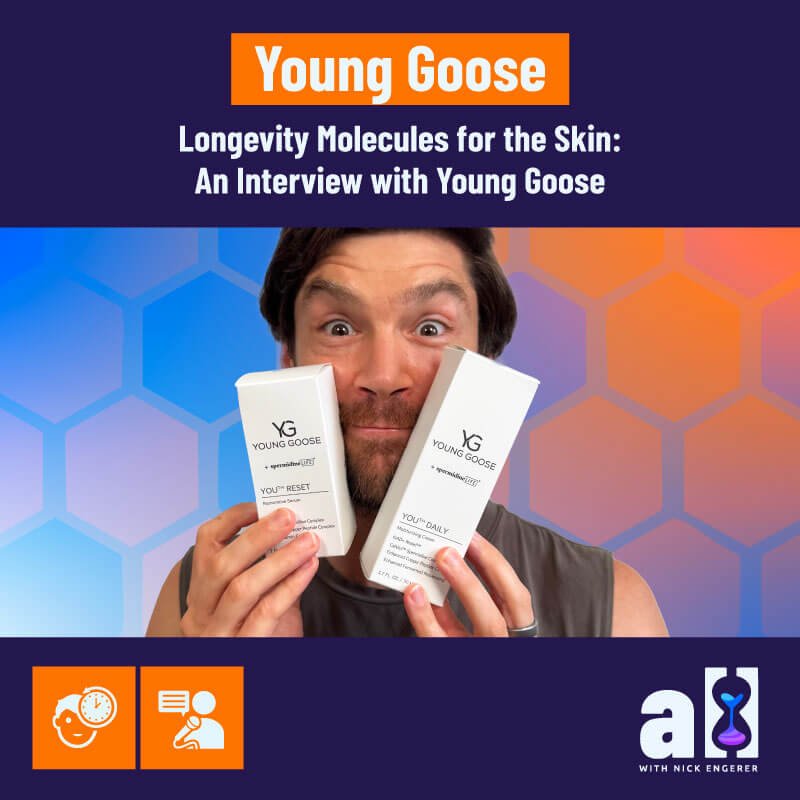
The Longevity Molecules Behind Young Goose Skincare

OneSkin OS-01 Hair: A New Solution for Hair Loss Targeting Cellular Senescence
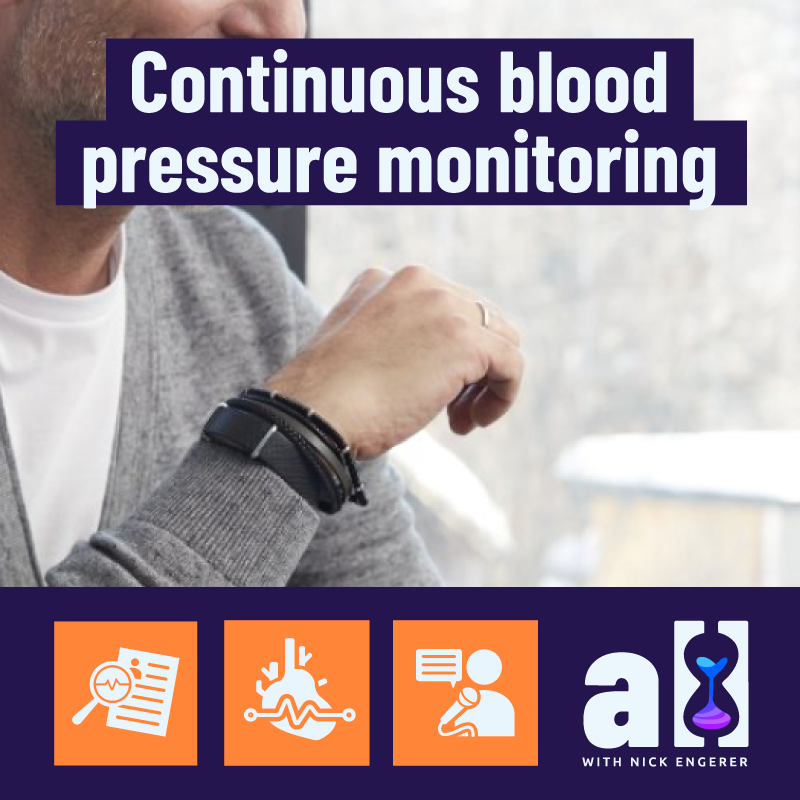
Wearable continuous blood pressure monitor technology is finally here

Can Tru Diagnostic finally answer: Why am I aging so fast? An interview with Ryan Smith

Understanding One Truth 818 serum. Is this premium product worth the price? An interview with Rachael D’Aguiar
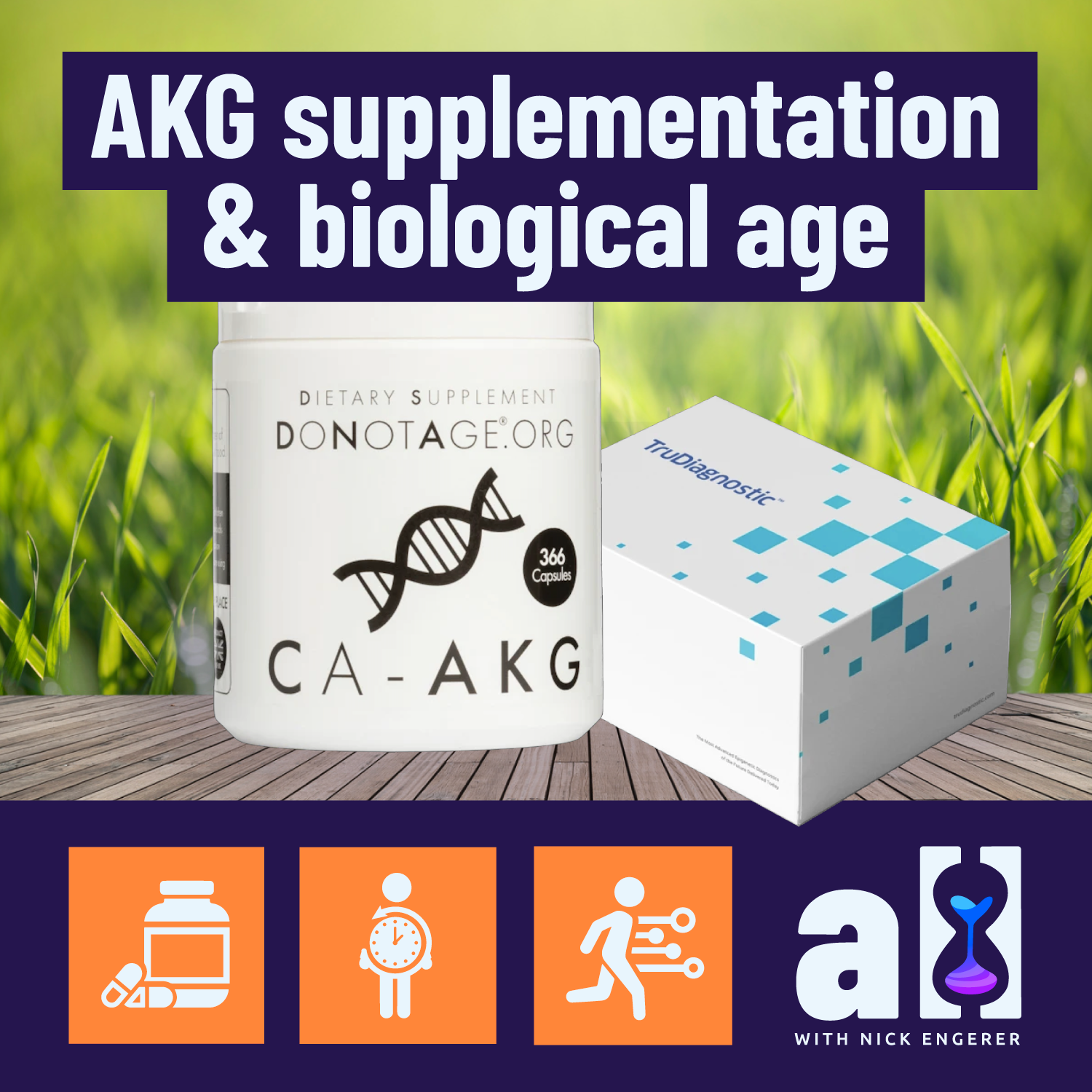
AKG supplement benefits your biological age? An Interview with Dr. Yelena Budovskaya of TruMe Labs
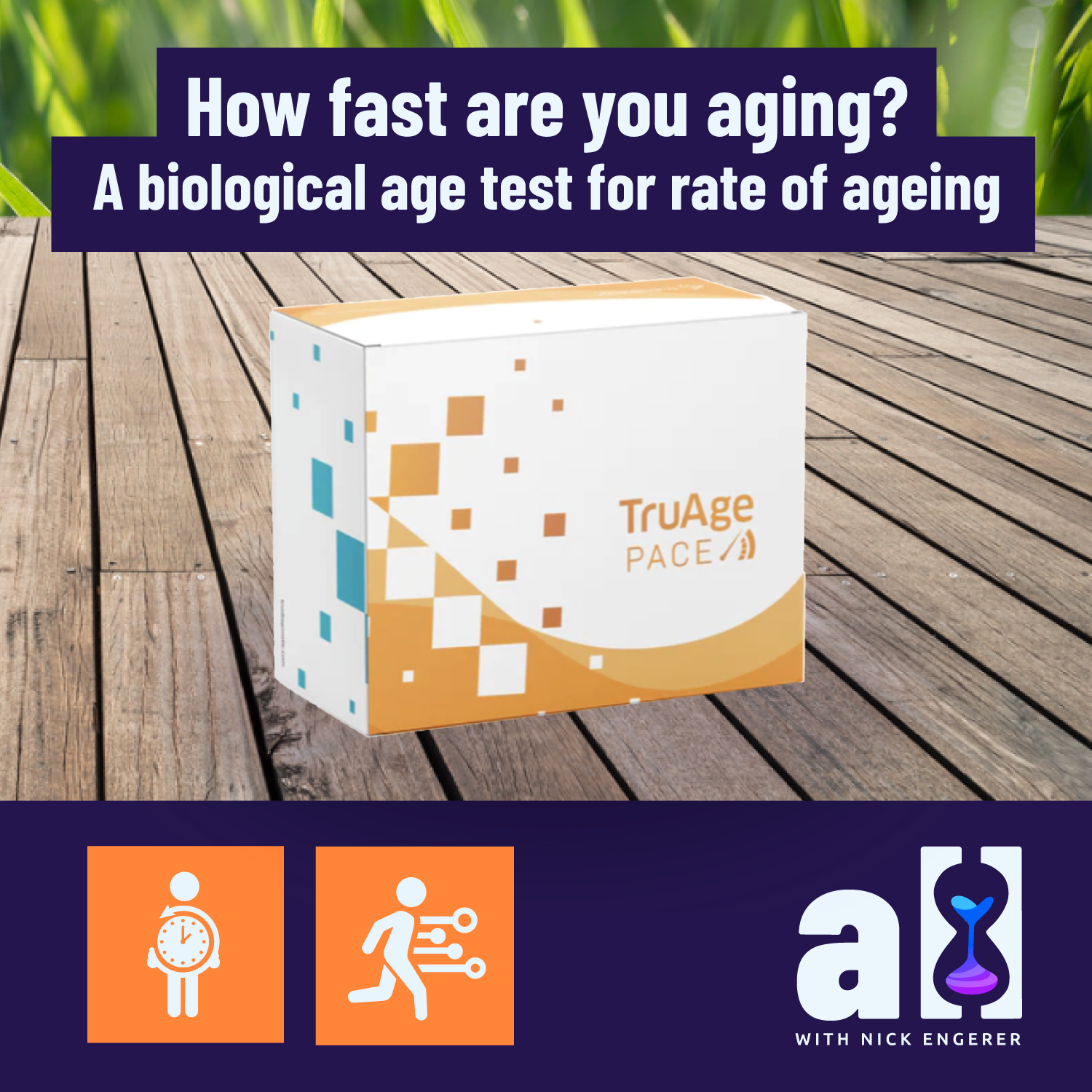
How fast are you aging? A biological age test for rate of ageing with Ryan Smith of Trudiagnostic (Part 2)
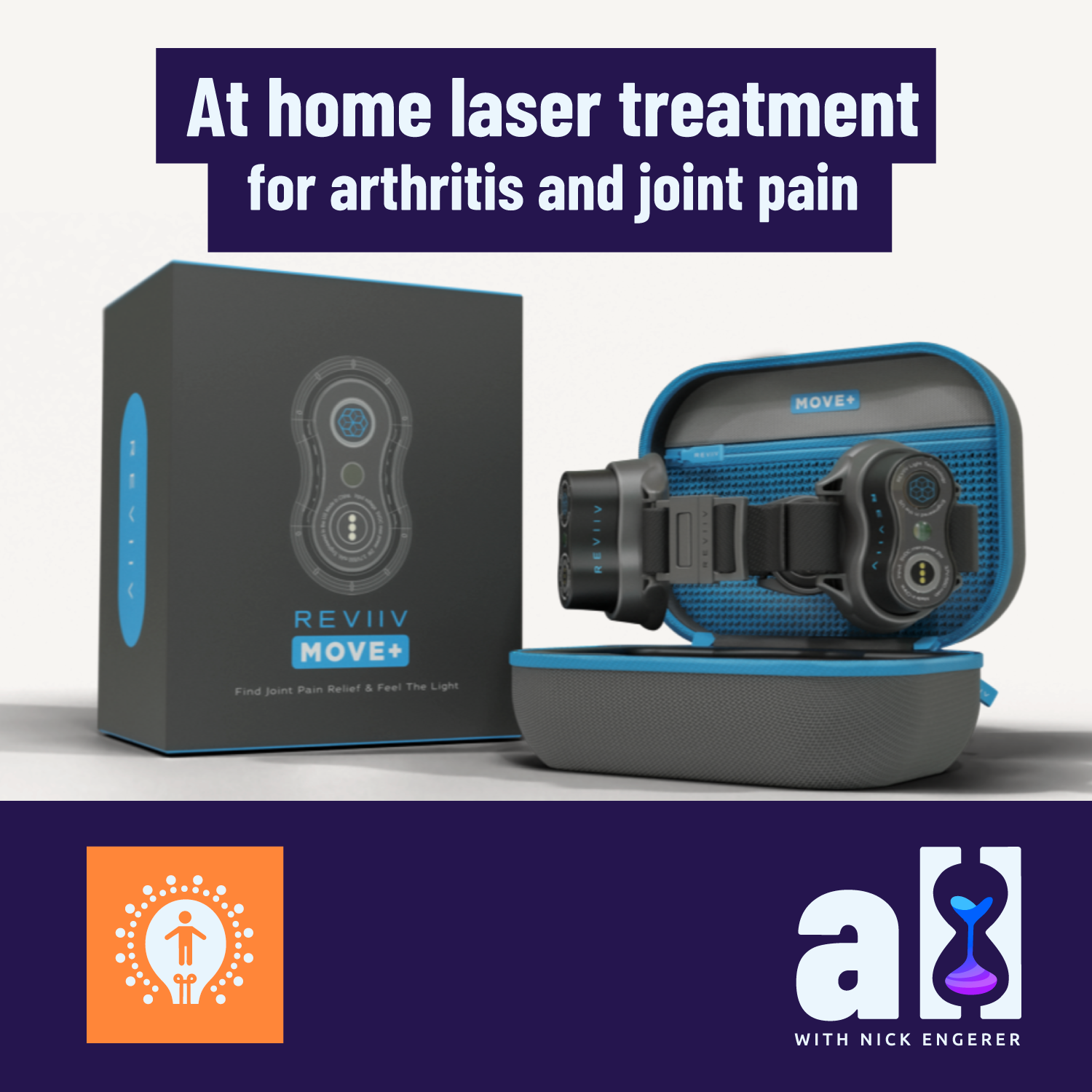
At home laser treatment for arthritis and joint pain with the Kineon Move+
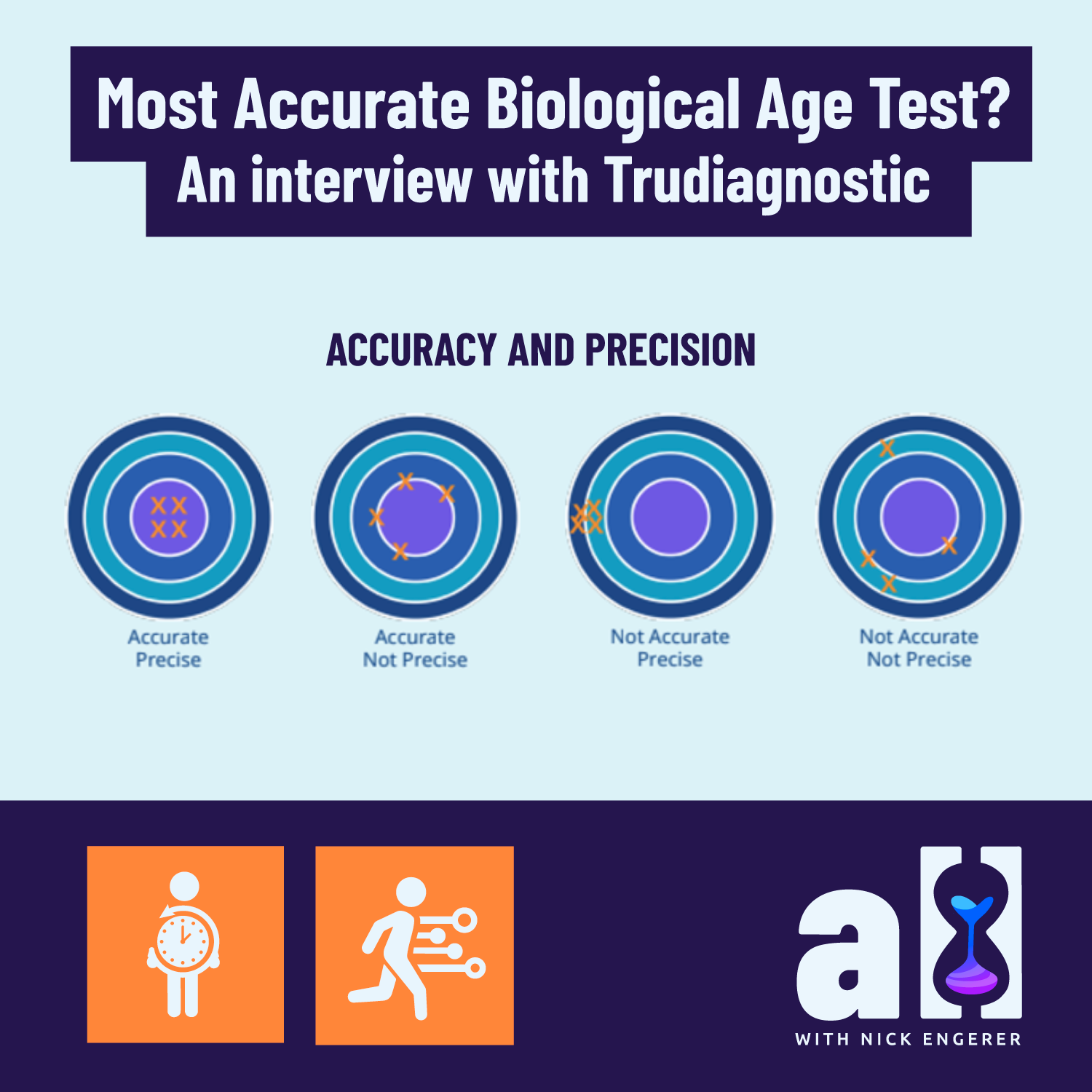
What is the most accurate biological age test? An interview with Ryan Smith of Trudiagnostic (Part 1)
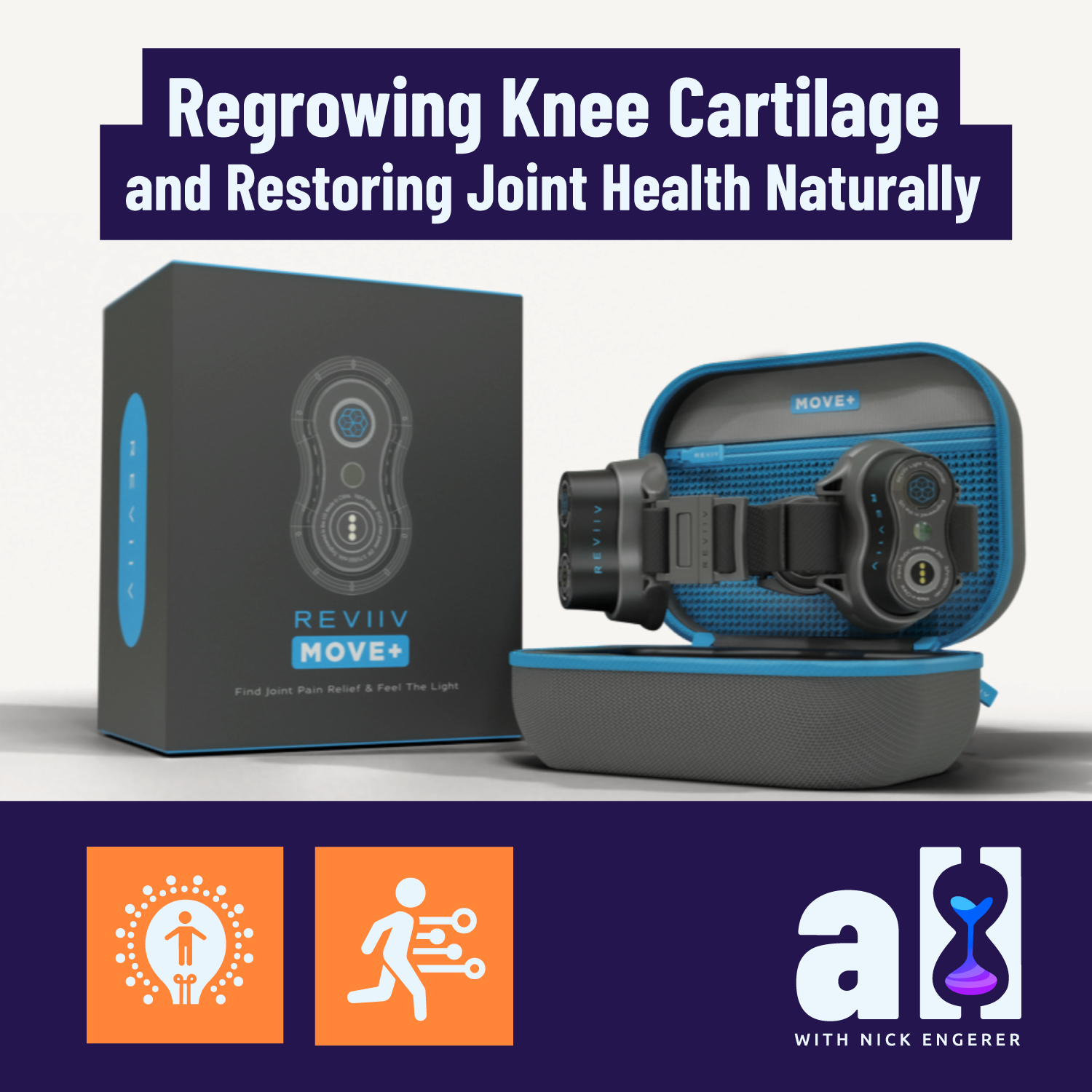
Regrowing knee cartilage and restoring joint health naturally. An interview with Kineon CEO Forrest Smith - Part 1
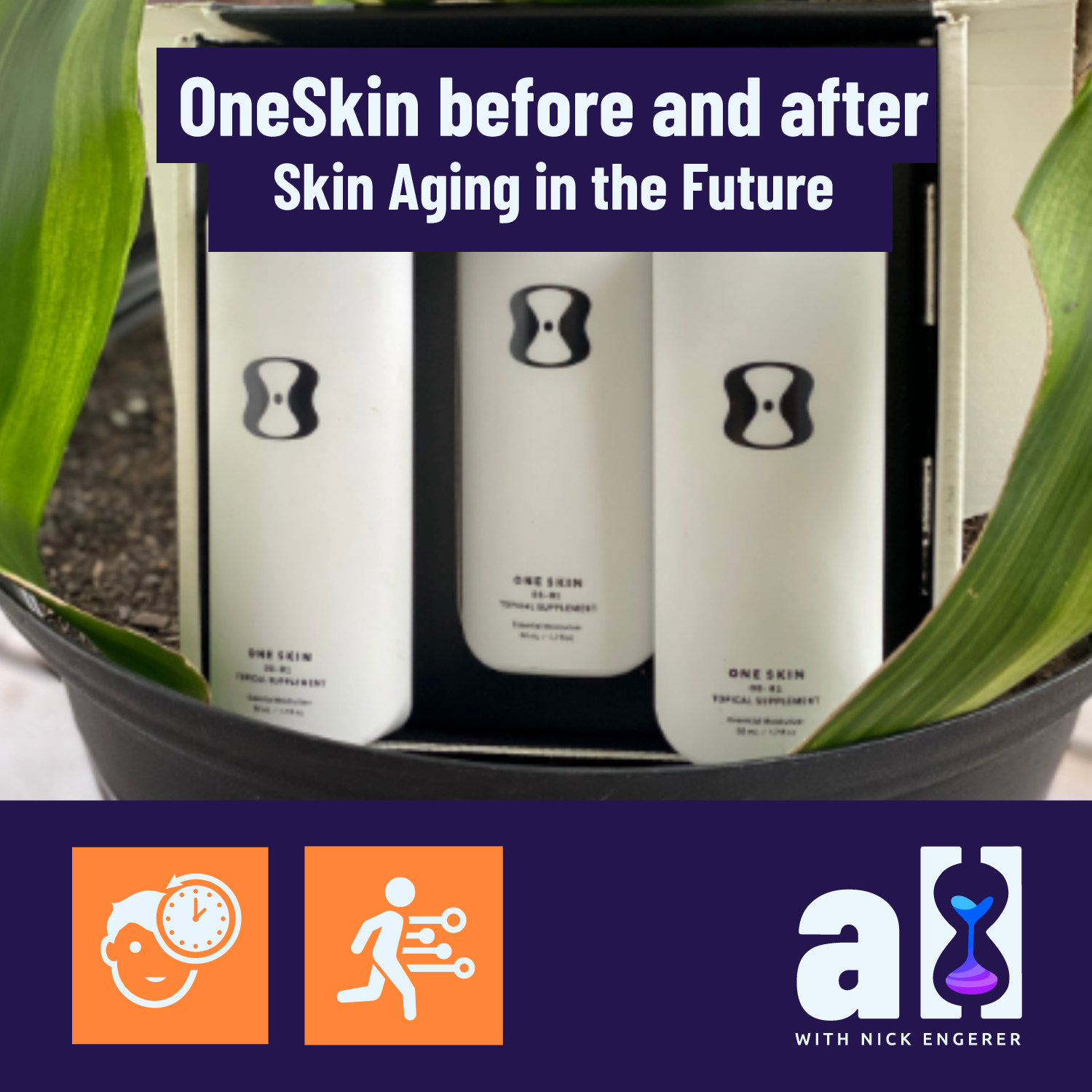
OneSkin before and after - skin aging in the future: An interview with OneSkin CEO Dr Carolina Reis - Part 2
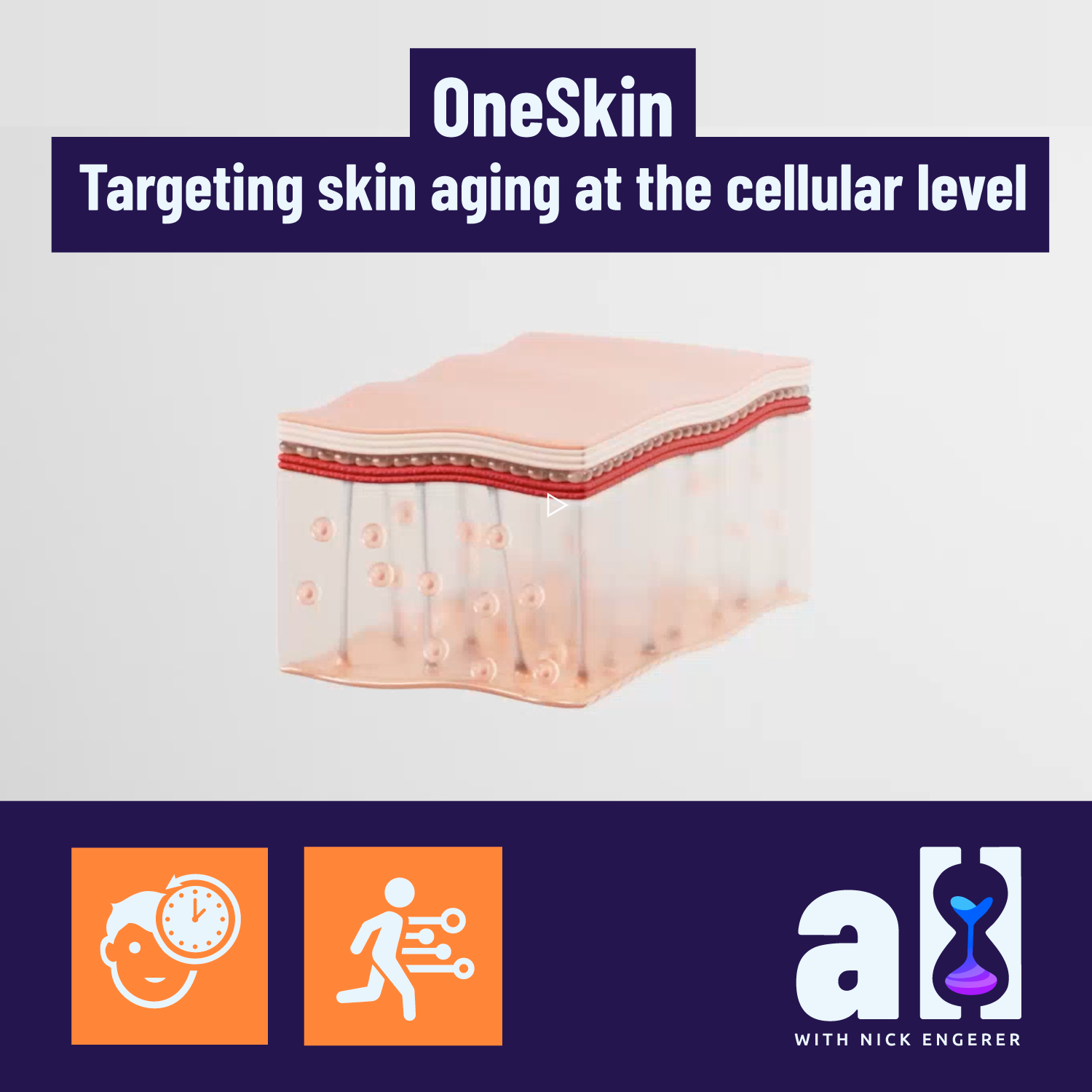
OneSkin - targeting skin aging at the cellular level: An interview with CEO Dr Carolina Reis - Part 1

Longevity: Fasting, diet, sleep, stress - How to personalise your approach
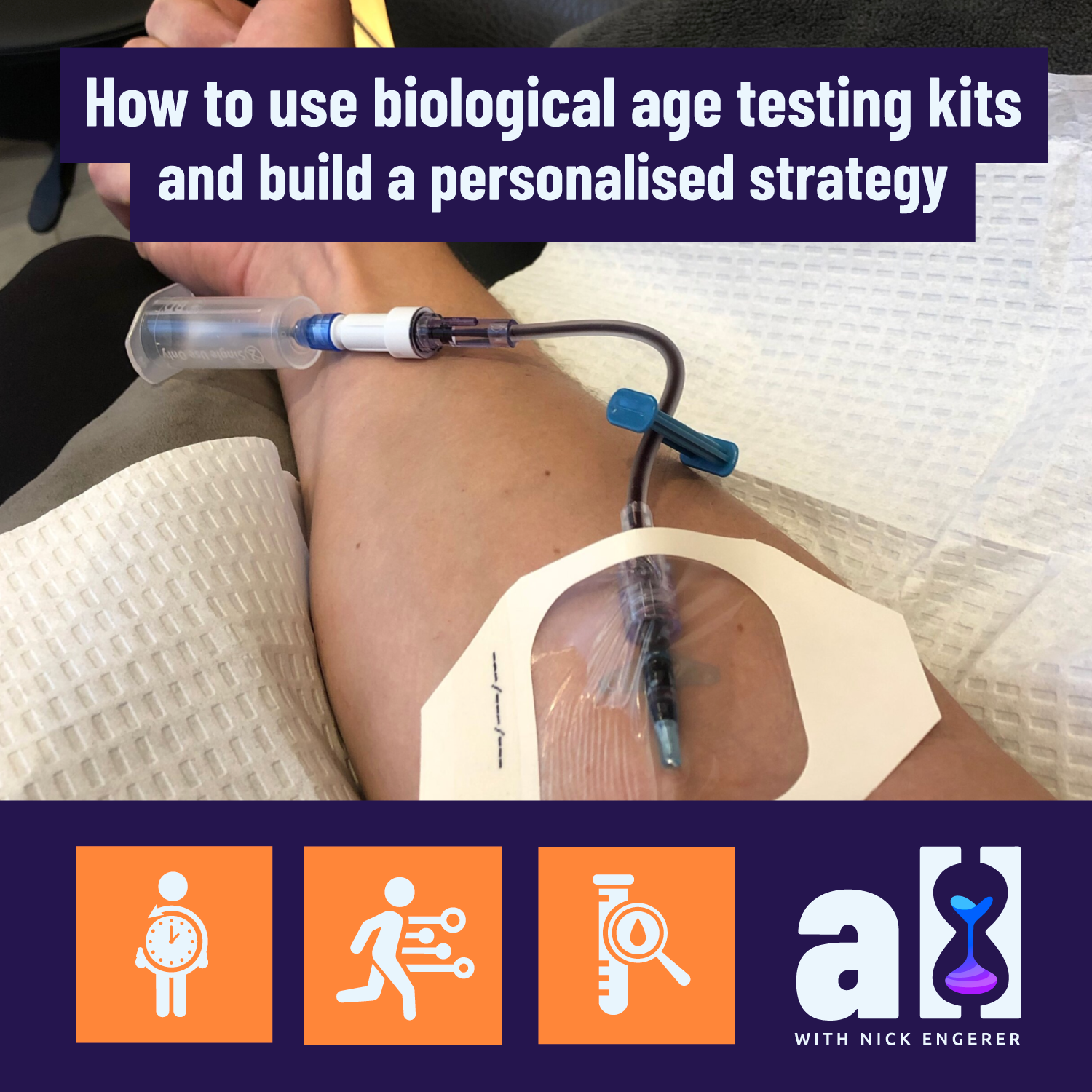
How to use biological age testing kits and build a personalised longevity strategy
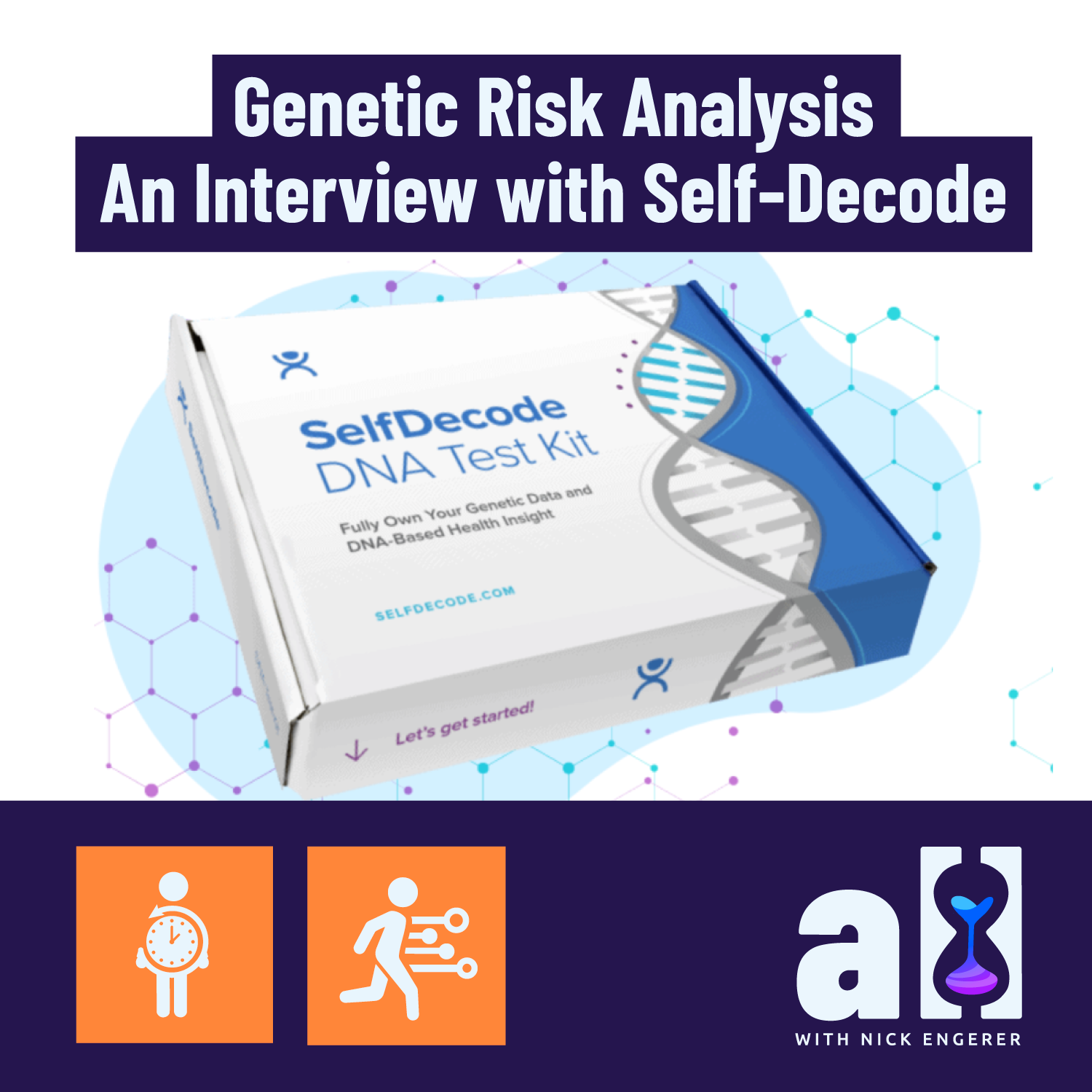
Genetic risk analysis for longevity: An interview with self-decode Founder Joe Cohen
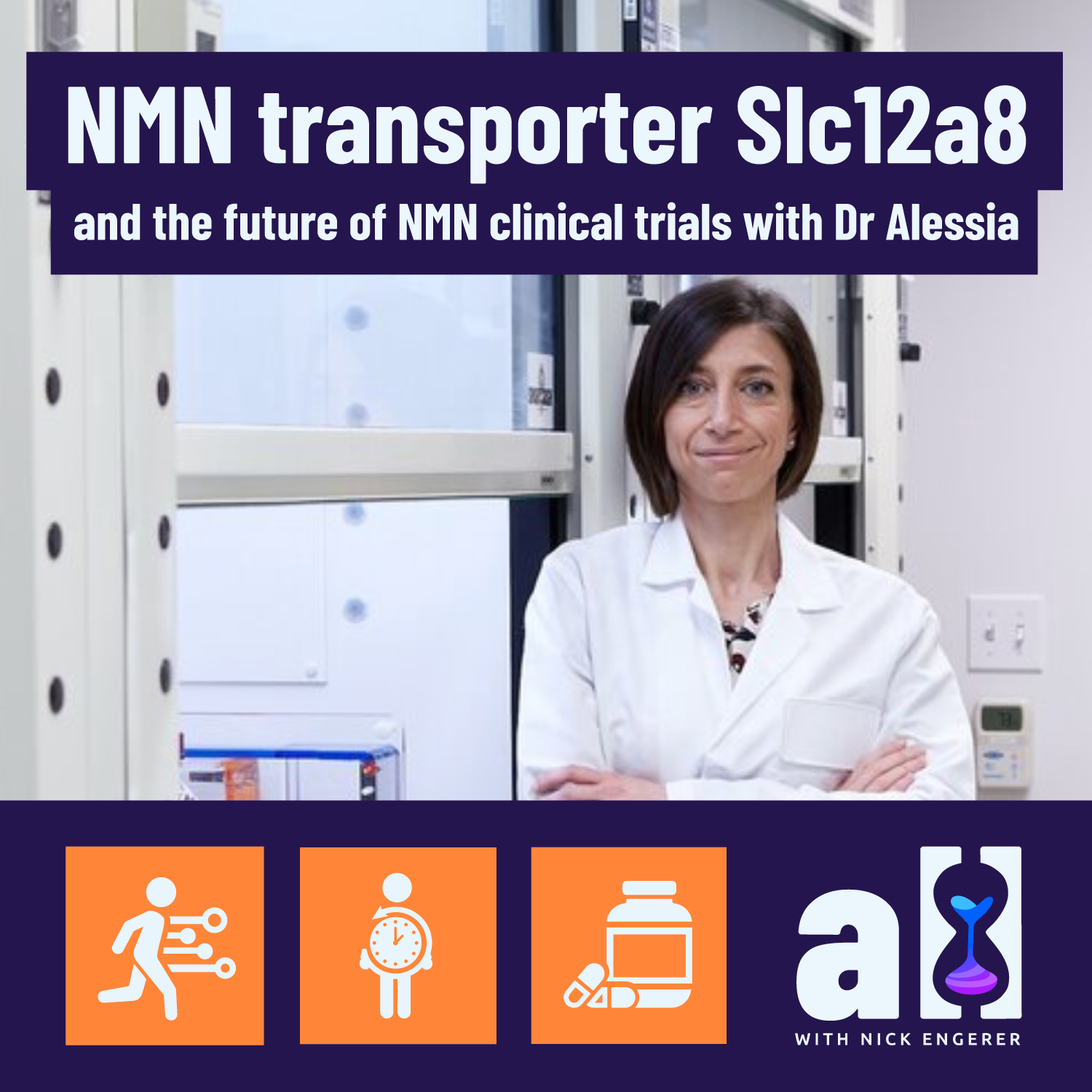
NMN Transporter Slc12a8 and the future of NMN clinical trials with Dr Alessia Grozio
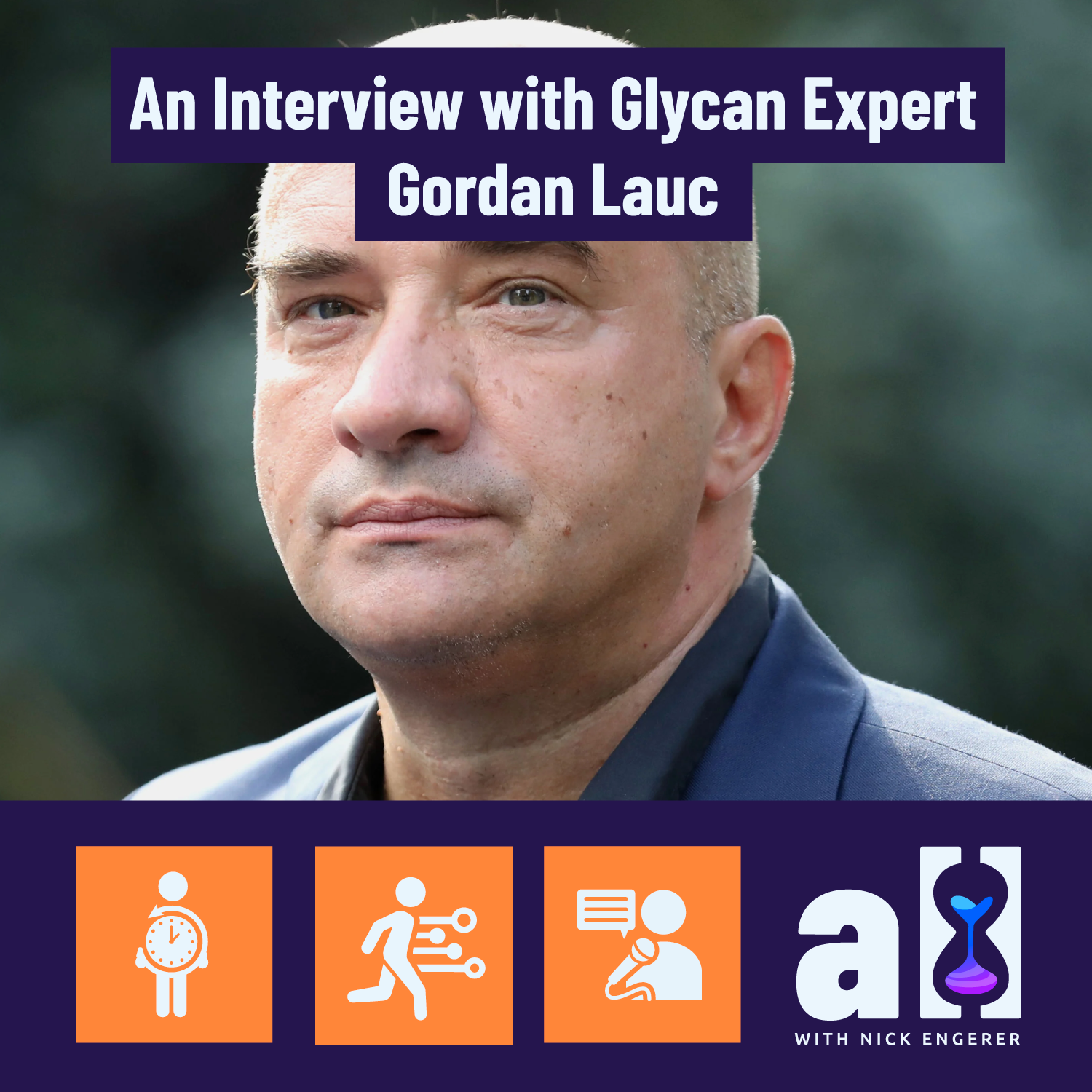
How GlycanAge biological age testing works - An interview with Glycan expert Gordan Lauc

NMN-C, Elevant and the future of NAD boosters: An interview with Dr Eric Verdin


